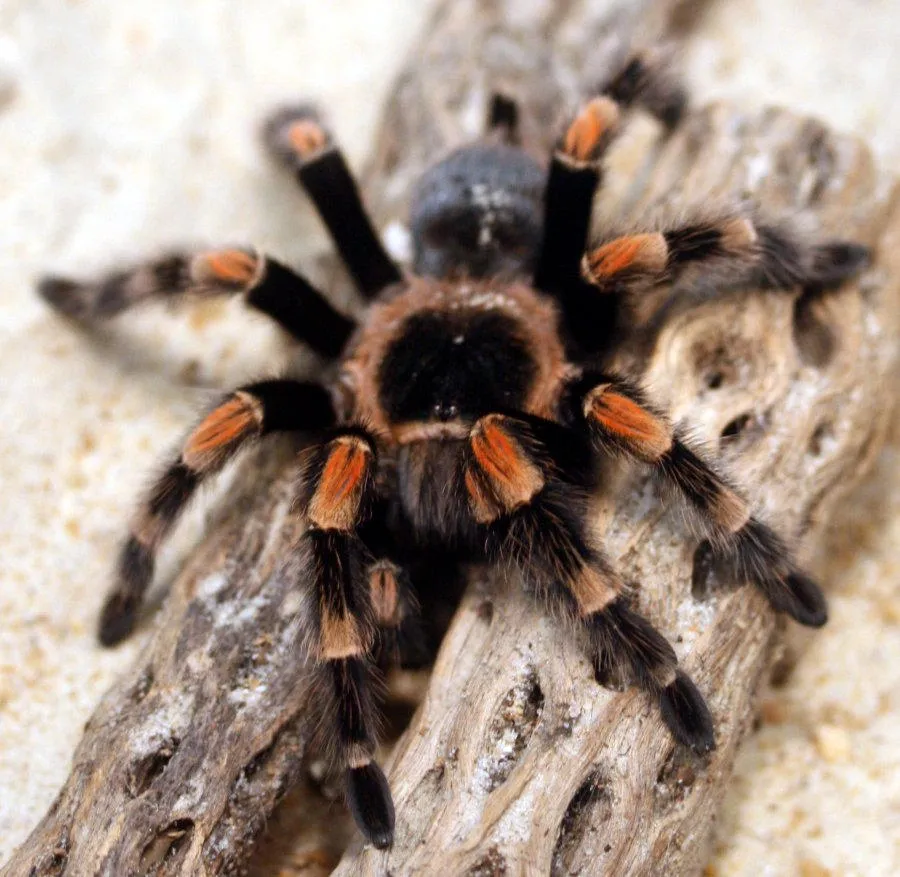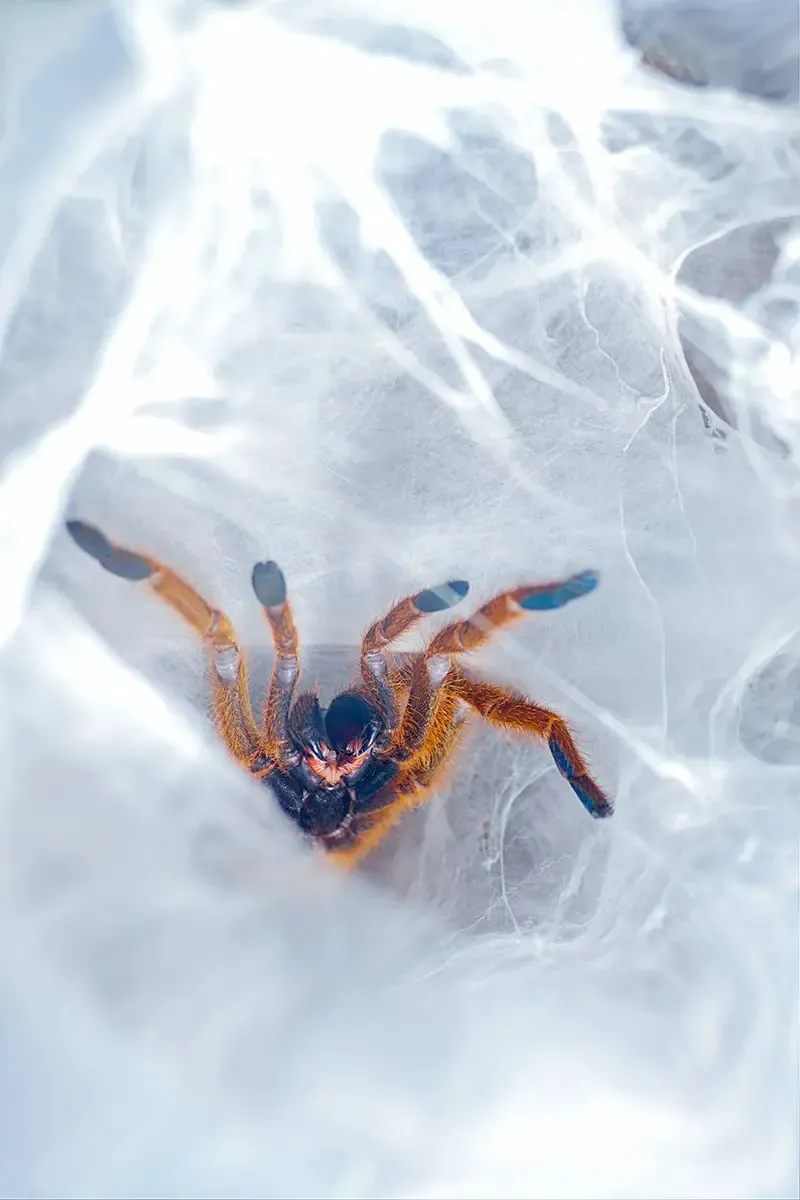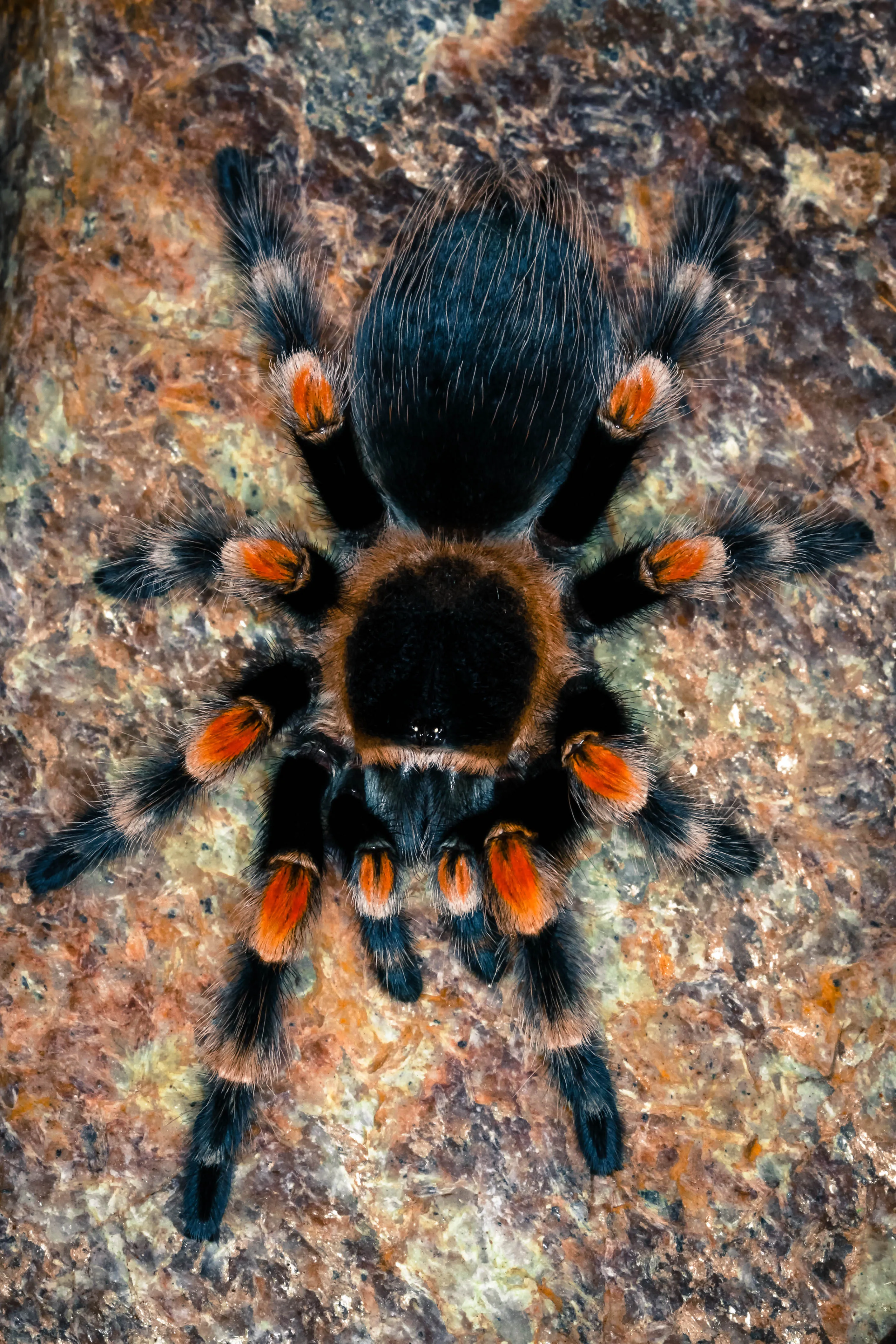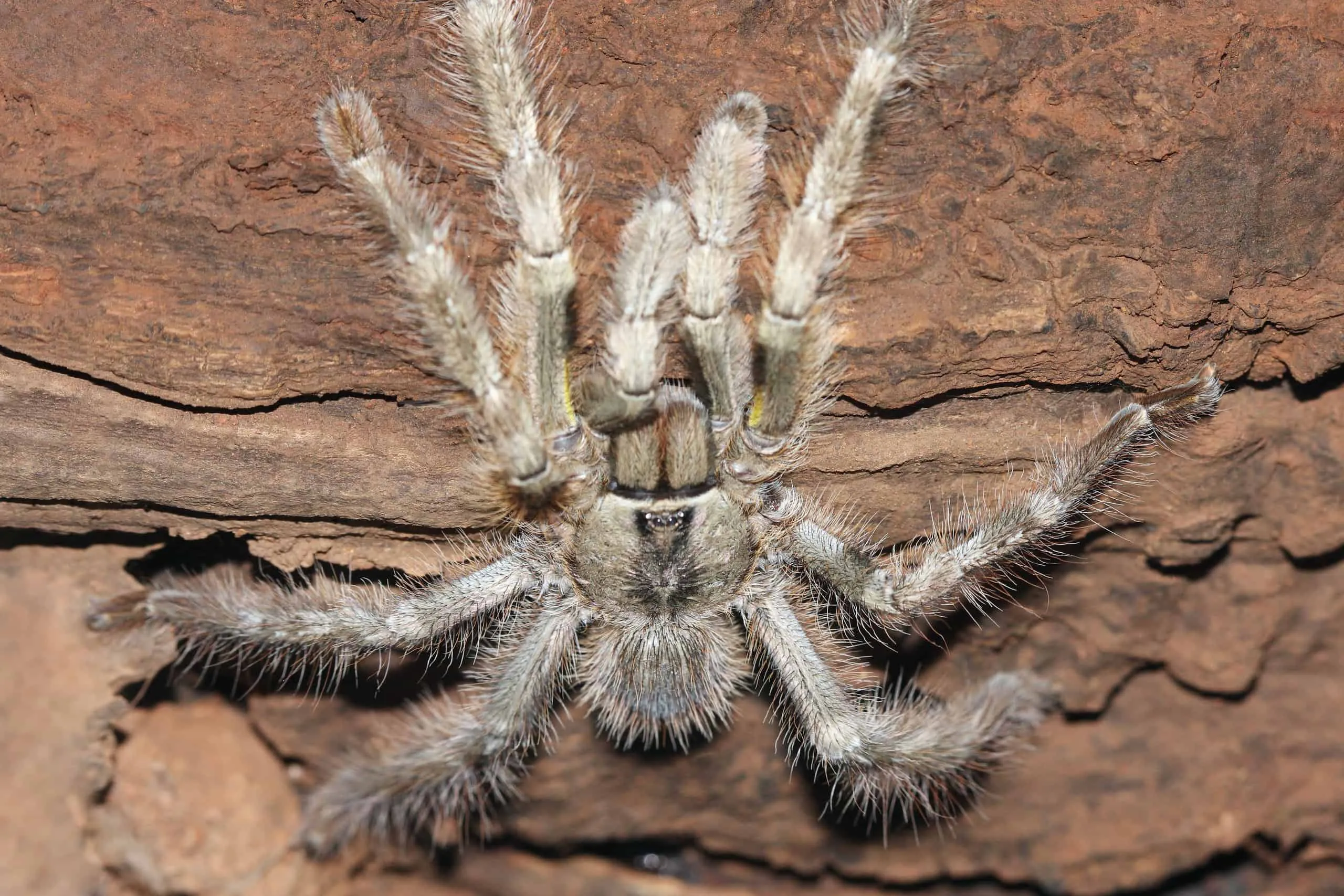Orange Tarantula Lifespan Overview
The world of tarantulas is filled with fascinating creatures, and the vibrant orange tarantula is no exception. One of the most common questions asked by potential owners revolves around their lifespan. Understanding the lifespan of an orange tarantula is crucial for responsible pet ownership. This guide delves into the key factors influencing their longevity, providing valuable insights for those considering welcoming one of these captivating arachnids into their homes. Knowing what to expect will help you provide the best possible care and enjoy your pet for as long as possible. We’ll explore average lifespans, what affects them, and ways to maximize their time with you. So, let’s dive into the details of these amazing creatures and discover the secrets to their long lives. Prepare to learn about their needs, their habitats, and how to give them the best possible life.
Factors Influencing Orange Tarantula Lifespan
Several elements significantly influence how long an orange tarantula lives. These factors range from inherent biological traits to environmental conditions and the quality of care provided by the owner. Understanding these elements will help you make informed decisions about your pet’s well-being and take proactive measures to extend its life. It’s essential to recognize that no two tarantulas are exactly alike, and their individual lifespans can vary, but general trends and expectations can be established. These factors provide a framework to understand how to help your tarantula thrive.
Gender Differences

One of the most significant factors impacting an orange tarantula’s lifespan is its gender. Generally, female orange tarantulas tend to live significantly longer than males. This difference is primarily due to the role of reproduction in the male’s life. Male tarantulas typically mature faster and have a shorter lifespan, as they expend considerable energy searching for mates and often die shortly after mating. Females, on the other hand, can live for many years, particularly if they are not constantly reproducing. Female orange tarantulas may live for up to 20 years or more under ideal conditions, while males usually live for 5-10 years. Recognizing this difference is crucial when considering an orange tarantula as a pet, as it influences the long-term commitment required.
Environmental Conditions
The environment in which an orange tarantula lives plays a pivotal role in its lifespan. Maintaining the correct temperature and humidity levels is paramount. Orange tarantulas thrive in a warm, humid environment that mimics their natural habitat. Consistent temperatures, typically between 75°F and 85°F (24°C and 29°C), and humidity levels of 60-70% are ideal. Improper environmental conditions can lead to stress, dehydration, and molting issues, all of which can shorten their lifespan. Providing a well-ventilated enclosure, regular misting, and appropriate substrate, like coconut fiber or peat moss, helps maintain these crucial environmental conditions. Additionally, ensuring the enclosure is free from harmful chemicals and drafts will contribute to a longer, healthier life for your pet.
Diet and Nutrition
A balanced diet is essential for the health and longevity of an orange tarantula. Providing a varied diet of appropriately sized insects is vital. Crickets, mealworms, roaches, and other feeder insects should be the primary food source. The frequency of feeding should be adjusted based on the tarantula’s size and age, with younger tarantulas requiring more frequent feedings. Overfeeding can lead to health issues such as obesity, while underfeeding can cause malnutrition. It’s also important to ensure that the feeder insects are gut-loaded with nutritious foods before feeding them to your tarantula. This practice ensures your pet receives the necessary vitamins and minerals for optimal health. Providing fresh water in a shallow dish is equally crucial, as dehydration can significantly impact their lifespan.
Species-Specific Lifespan Variations

While the general principles of care and environmental conditions apply to most orange tarantulas, it’s also important to note that the lifespan can vary slightly depending on the specific species. Different species of orange tarantulas may have different genetic predispositions, which can influence their longevity. Some species may naturally live longer than others, regardless of the care they receive. Researching the specific species you are considering is crucial to understanding its expected lifespan. Factors like growth rate, size, and metabolism can also influence how long a particular species typically lives. This knowledge allows you to tailor the care provided to meet the specific needs of your pet, thereby potentially extending its lifespan. Remember that individual variations within a species are also possible.
Common Orange Tarantula Species
Several species of orange tarantulas are popular choices for pet owners. The Brachypelma boehmei, known as the Mexican Fireleg, is a well-known species with a lifespan of around 10-15 years for females. Another option is the Grammostola pulchra, the Brazilian Black, which while not strictly orange, often has orange hairs and can live for an impressive 15-20 years for females. Acanthoscurria geniculata, or the Giant White Knee, also has orange hues and a lifespan of 10-15 years for females. Each species has slightly different care requirements, so researching the specific needs of the species you choose is crucial. Consider factors like temperament, size, and specific environmental preferences when selecting an orange tarantula species. Choosing the right species for your experience level is an important part of ensuring it lives a long, healthy life.
Average Lifespan Comparison
When comparing the average lifespans of orange tarantulas, females consistently outlive males. A female orange tarantula can live from 10 to 20 years, sometimes even longer, especially under ideal conditions and proper care. Males, however, typically live for 5 to 10 years, a shorter lifespan due to their biological roles. In addition to gender, species-specific lifespans vary. Some species may tend towards the lower end of the spectrum, while others can live for more extended periods. Factors like overall health, the quality of the habitat, and the owner’s dedication to providing optimal care are significant influences. Understanding these averages provides a realistic expectation of the long-term commitment involved in owning an orange tarantula. This information helps ensure that you are prepared to provide the necessary environment and care for the full lifespan of your pet.
How to Increase Your Orange Tarantula’s Lifespan

While you cannot guarantee a specific lifespan for your orange tarantula, several practices can significantly increase the likelihood of a long and healthy life. These practices focus on providing the best possible environment, nutrition, and health care. Regular monitoring, proactive care, and a deep understanding of your pet’s needs will create an environment where your orange tarantula can thrive. These tips are essential for responsible pet ownership and can make a substantial difference in the length and quality of your tarantula’s life. By following these guidelines, you are not only increasing the chance of a longer lifespan but also improving the overall quality of life for your fascinating pet.
Proper Housing and Setup
The enclosure is the most critical part of an orange tarantula’s environment. The enclosure should be appropriately sized for the tarantula’s size and species, providing enough space for movement and enrichment. It should also be well-ventilated but secure, preventing escape. Substrate choice is important for humidity control and burrowing behavior. Coconut fiber, peat moss, or a mixture of both are excellent choices, allowing the tarantula to burrow and feel secure. Temperature and humidity levels must be carefully monitored and maintained using a thermometer and hygrometer. The enclosure setup should mimic the natural habitat of the species, providing hiding places such as cork bark or artificial plants. Regular cleaning is essential to maintain a healthy environment, removing uneaten food and molted exoskeletons. A proper setup helps prevent stress and promote a longer lifespan.
Feeding and Hydration
Proper nutrition and hydration are crucial for an orange tarantula’s health and longevity. Feed the tarantula a varied diet of appropriately sized insects, such as crickets, mealworms, and roaches. The frequency of feeding depends on the age and size of the tarantula, with younger tarantulas requiring more frequent meals. Avoid overfeeding, which can lead to health problems. Always ensure the feeder insects are gut-loaded with nutritious food before feeding them to your pet. This ensures the tarantula receives the necessary vitamins and minerals. Fresh, clean water should be available at all times in a shallow dish. Dehydration can be detrimental to the tarantula’s health, so it’s essential to monitor the water supply regularly and refill it as needed. Providing a consistent diet and ensuring proper hydration supports a longer and healthier lifespan.
Health and Maintenance

Regular health checks and maintenance are essential for the well-being of your orange tarantula. Observe your tarantula for any signs of illness, such as loss of appetite, lethargy, or changes in behavior. Monitor the molting process, as problems during molting can be fatal. Provide a stress-free environment and avoid handling the tarantula unnecessarily, as this can cause stress. Keep the enclosure clean and free from harmful chemicals or pests. Regular inspection of the enclosure will help catch potential issues early. If you suspect your tarantula is sick, consult with a veterinarian experienced in exotic animals. Taking a proactive approach to health and providing consistent care will contribute significantly to a longer, healthier life.
Conclusion
The lifespan of an orange tarantula is influenced by several factors, including gender, environmental conditions, diet, and species. Understanding these factors allows owners to create an optimal living environment and provide the best possible care. By maintaining proper housing, offering a balanced diet, and addressing health issues promptly, you can significantly increase the chances of your orange tarantula living a long and fulfilling life. This commitment to proper care not only extends the lifespan of your pet but also enhances its overall quality of life. Enjoy the unique experience of sharing your life with these amazing creatures.
